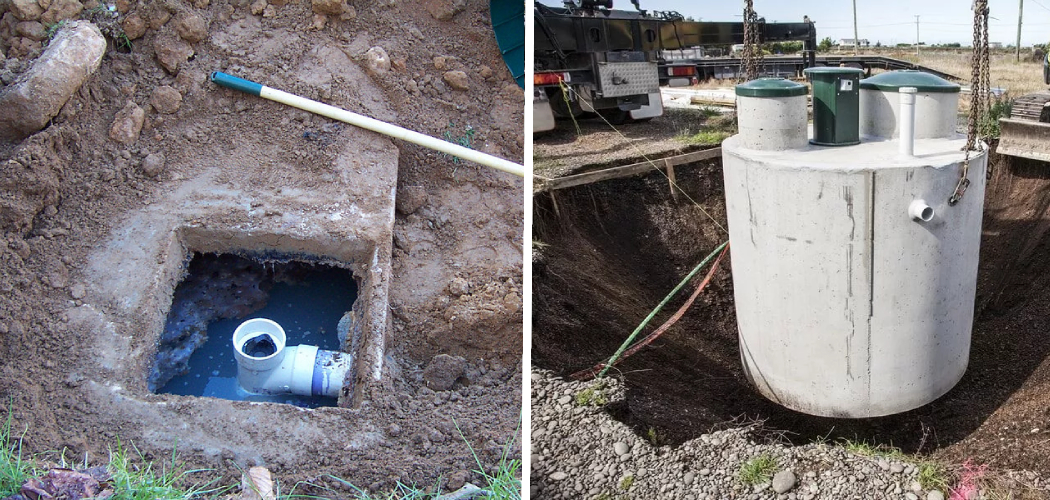The cold winter months can wreak havoc on septic systems, causing backups and clogs that no one wants to deal with. Fortunately, there are simple steps you can take today to winterize your toilet and prevent costly problems from occurring in the future.
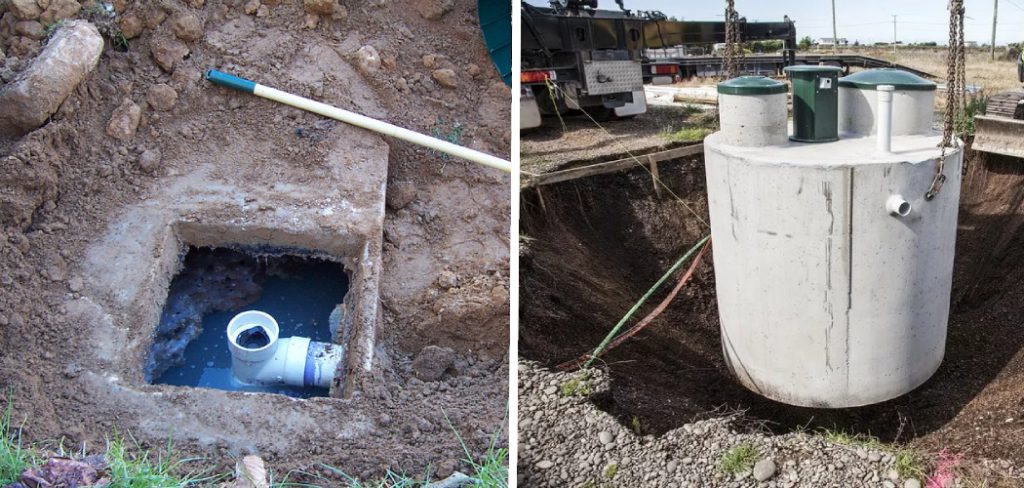
In this blog post, we will outline exactly how to winterize a toilet with a septic system so you can avoid major issues while keeping your family safe and comfortable all season long. So if you want to ensure your septic system is in top shape when the snow starts falling, keep reading!
Winterizing your home’s plumbing is a critical step when it comes to protecting your septic system from damage caused by freezing temperatures. By taking the time and effort to properly winterize your toilets with a septic system, you can help protect some of the most important yet overlooked components of your home plumbing network.
In this blog post, we will walk through how to effectively winterize a toilet with a septic system in order to ensure that all necessary steps are taken for long-term maintenance and protection against potential freeze damage.
Why May You Want to Winterize a Toilet With a Septic System?
1. To Prevent Freezing and Bursting of the Pipes
If the temperature in your area drops below freezing, the water in your pipes can expand and potentially burst. Winterizing your toilet with a septic system is critical to prevent this from happening.
2. To Protect Against Costly Repairs
By winterizing your toilet now, you can save yourself time and money for potential repairs if the water in your pipes were to freeze and burst.
3. To Maintain Efficiency During Cold Weather
By winterizing your toilet and septic system, you can help keep it running smoothly during colder times of the year. This will prevent potential clogs or breakdowns due to cold temperatures. Make sure to follow the steps carefully, so you can winterize your toilet with a septic system properly.
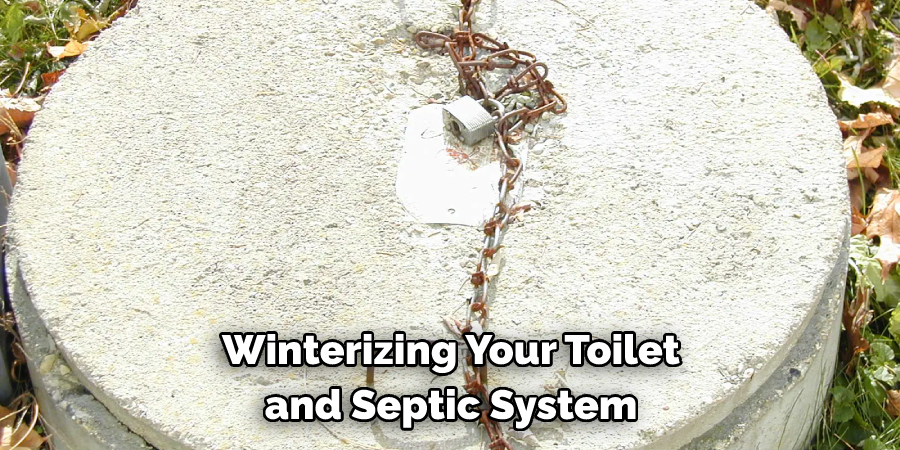
How to Winterize a Toilet With a Septic System in 6 Easy Steps
Step 1: Turn Off the Water Supply
Start by turning off the water supply valve that is connected to the tank of your toilet. Flush any remaining water out of the toilet and tank.
Step 2: Disconnect Water Line
Use a wrench to loosen the water line connection from the fill valve of the tank. Allow any remaining water to drain out into a bucket or sink. Make sure to keep track of all components, so you can easily reassemble them later.
Step 3: Add Antifreeze
Pour a gallon of RV antifreeze into the bowl of your toilet. This will help prevent water from freezing in the septic system and pipes during colder months. Also, you have to make sure to use RV antifreeze, as regular antifreeze is toxic and can damage your septic system.
Step 4: Change the Septic Tank Flush Valve
Now you will need to access the flush valve of your septic tank. Detach the valve from its connection and replace it with a flush cap or winterizing plug. This will seal the septic system and keep water from entering it during cold weather.

Step 5: Refill the Toilet Tank
Finally, turn the water supply back on and refill the tank of your toilet. Then you can reattach all components that you removed earlier and flush the antifreeze out of the bowl.
Step 6: Check for Leaks
Once everything is put back together, turn off the water and inspect the toilet for any signs of leaking. If there are no leaks, your toilet is now successfully winterized!
Winterizing a toilet with a septic system can be an easy task if you follow these steps properly. Make sure to take all necessary precautions and use the correct materials, so you can keep your toilet running smoothly during cold weather. And remember – always turn off the water supply before you start any maintenance tasks. Good luck!
Some Additional Tips to Winterize a Toilet With a Septic System
1. Do Not Pour Unused Antifreeze Down the Drain
Do not pour any unused antifreeze down the drain, as this could cause damage to your septic system. The only place to safely dispose of antifreeze is at a hazardous waste collection site.
2. Keep Pipes and Septic Tank Warmed Up
If your septic system is located in an area likely to be exposed to freezing temperatures, consider purchasing a heating element that can be placed inside the tank or along the pipes leading from it. This will help keep them from freezing and prevent any.
3. Keep Toilet Seats Closed
When possible, keep all toilet seat lids closed during the winter months. This will help to keep the inside of your toilet warm, thus reducing the chances of it freezing over. Additionally, adding a small amount of insulation around the seat can also help to maintain the temperature in colder temperatures.
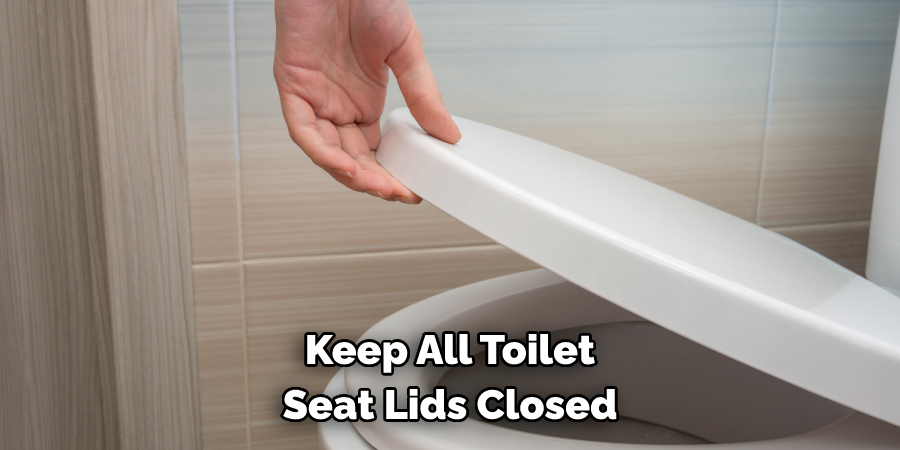
4. Insulate Your Pipes
In areas where pipes are exposed to cold temperatures, consider insulating them with foam or fiberglass. This will help to keep the pipes warm and prevent them from freezing over. Insulation is also a good idea for any outdoor plumbing lines that are susceptible to cold weather.
5. Consider Installing a Septic Tank Heater
If you live in an area with particularly cold winters, consider investing in a septic tank heater. This device is designed to keep the tank from freezing, even in the coldest of conditions. Septic tank heaters can be installed by a professional and are relatively inexpensive compared to other heating solutions.
By following these tips, you should be able to successfully winterize your septic system and avoid any costly repairs or damage caused by freezing temperatures. Remember, it is always best to take preventive measures rather than waiting until it’s too late. Taking a few simple steps now can save you time and money in the long run.
Frequently Asked Questions
What Precautions Should I Take When Winterizing a Toilet With a Septic System?
When winterizing a toilet with a septic system, it’s important to take the necessary precautions. Before beginning any work, make sure to turn off the water and power supplies to the toilet as well as any other related appliances and/or fixtures. If you’re using any chemicals or cleaners, make sure to wear gloves and safety glasses. When draining the septic tank and pipes, use a bucket or other container to catch any runoff. Finally, keep children and pets away from the area while working.
How Do I Drain the Septic Tank?
Draining the septic tank is the first step in winterizing a toilet with a septic system. To do so, first, locate the tank’s access point and faucet. Then, attach a hose to the faucet and run it outside where you can safely drain the water away from your home. Once all of the water has been drained, close up the tank’s access point.
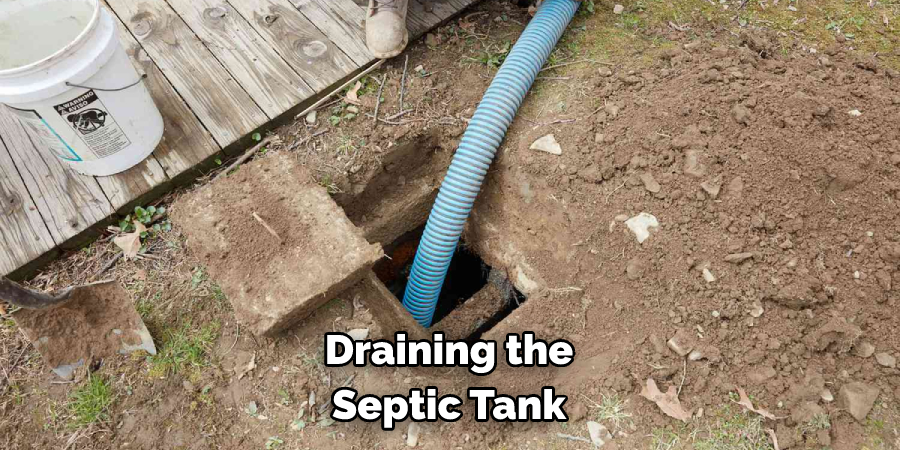
What Else Should I Do to Prepare for Winter?
In addition to winterizing your toilet, you should also take steps to prepare your home for cold weather. This includes checking for any drafts or areas where heat may escape and sealing them off as needed. You should also check the insulation around your plumbing and seal any leaks or cracks.
Finally, consider investing in a sump pump to help keep your basement dry during winter storms and heavy rains. By taking the necessary steps to winterize your toilet with a septic system and prepare your home for winter, you can ensure that it stays safe and comfortable all season long.
How Much Does Winterizing a Toilet With a Septic System Cost?
The cost of winterizing a toilet with a septic system can vary depending on the size of your home, the type of system you have in place and any repairs or upgrades that you may need to make. Generally speaking, however, it should cost anywhere from $100-$200 for a basic winterization. If you need more extensive repairs or upgrades, the cost could be higher.
It’s important to remember that taking the time to winterize your toilet with a septic system now can save you from having costly problems later on.
Conclusion
Now you know how to winterize a toilet with a septic system! Winterizing your toilet with a septic system might seem like a daunting task but it is necessary and important ensure that everything is working properly throughout the winter months.
Implementation of these simple steps is straightforward and can be completed by almost any homeowner, even those who have the little previous plumbing experience.
Through a few basic steps such as adding antifreeze, clearing the toilet, and flushing traps, plus a few additional tasks if needed, you can rest assured your toilet will survive the chill of winter without any issues.
Although there may be initial costs involved in purchasing supplies and equipment, this small effort can save you valuable time, energy and money in the future. So don’t delay – make sure that you follow these steps for winterizing your toilet with a septic system today to maintain efficiency and avoid any potential plumbing issues later on!

